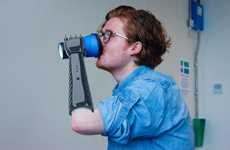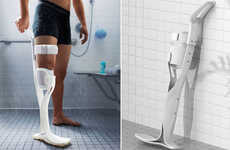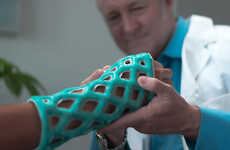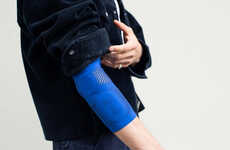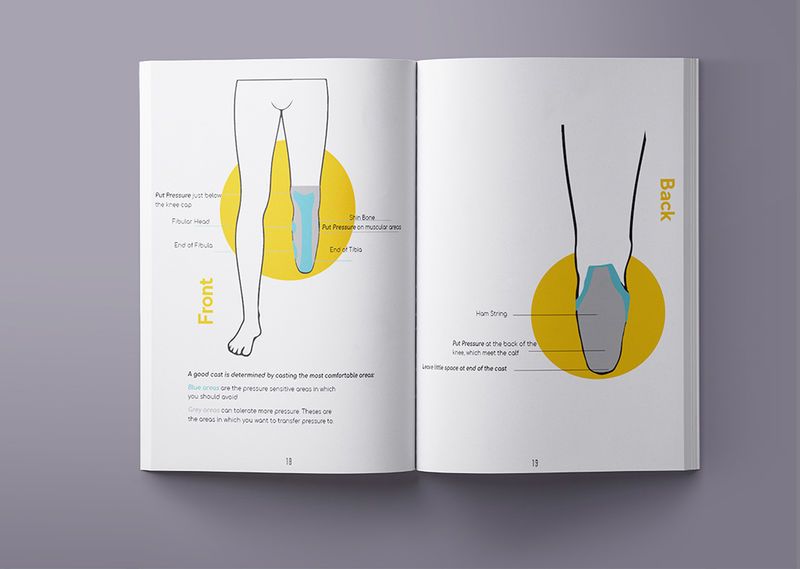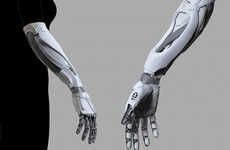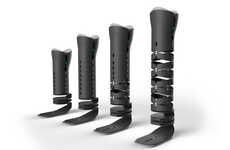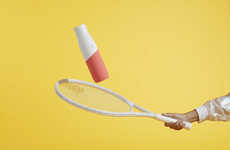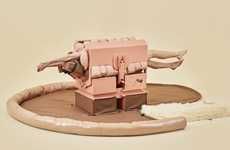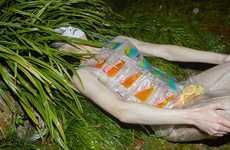
Desiree Riny Identifies Healthcare Gaps to Make a Difference
Kalin Ned — October 9, 2019 — Art & Design
References: idprojects.rmit.edu.au & dezeen
A DIY Prosthetic Manual is launched by a graduate of the Royal Melbourne Institute of Technology. Desiree Riny was fascinated and alarmed with statistics that showed that "95 percent of the world's lower-limb amputees live in [...] environments without access to professional care" -- be that because of an issue of affordability or a residency in rural regions that are far from the hospitals that have the appropriate means. As a result, the graduate launches the DIY Prosthetic Manual — a design-forward booklet that explains in detail (and with pictures) how one can craft an artificial limb using things like "bicycle parts and other scrap material."
Thus, despite location and financial means, the DIY Prosthetic Manual hits the right points for accessibility.
Photo Credits: Dezeen
Thus, despite location and financial means, the DIY Prosthetic Manual hits the right points for accessibility.
Photo Credits: Dezeen
Trend Themes
1. DIY Prosthetics - Opportunity to disrupt traditional prosthetic industry by providing affordable and accessible alternatives through DIY methods.
2. Design-forward Healthcare - Chance to revolutionize healthcare by integrating design-forward principles into medical products and services.
3. Accessible Medical DIY - Innovation opportunity to develop DIY solutions that empower individuals to create their own healthcare devices and treatments.
Industry Implications
1. Healthcare - Potential for innovation and disruption within the healthcare industry by addressing gaps in accessibility and affordability.
2. Prosthetics - Opportunity to revolutionize the prosthetics industry through DIY methods that offer lower-cost options for amputees in underserved areas.
3. Design - Integration of design principles into healthcare could open new possibilities for improving accessibility and user experience.
4.7
Score
Popularity
Activity
Freshness


